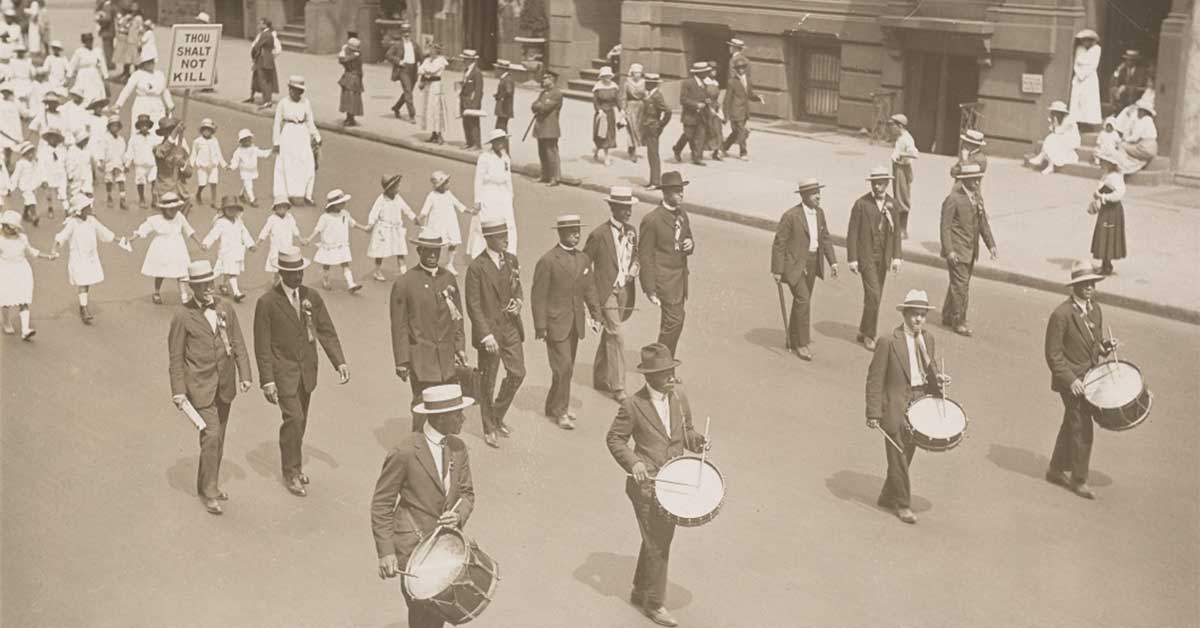
JULY 28, 1917

Up to 15,000 Black Americans marched in silence in New York City to protest lynchings in the U.S. The march began at 57th Street, down Fifth Avenue to its end at 23rd Street.
The NAACP and Harlem leaders organized the protest as the nation was going to fight “for democracy” in World War I. One parade banner read: “Mr. President, why not make America safe for democracy?”
Among those who helped organize the march was Madam C.J. Walker, who worked in the cotton fields of the South before making a fortune through beauty and hair products, thanks to thousands of “beauty evangelists.”
Four days after the march, she and other organizers gathered at the White House to meet with then-President Woodrow Wilson, but he stood them up. They wrote him and Congress a letter, noting that more than 2,800 Black Americans had been lynched without trials.
“Not a single one has been punished for murder,” they wrote. “We believe that this spirit of lawlessness is doing untold injury to our country, and we submit that the record proves that the states are either unwilling or unable to put down lynching and mob violence.”
With Wilson unwilling to talk with them, she and the other organizers met with members of Congress. Months later, U.S. Rep. Leonidas Dyer introduced an anti-lynching measure that passed the House.
“No nation that seeks to fight the battles of civilization can afford to march in blood-smeared garments,” the organizers wrote. But a filibuster by Southern Democrats blocked a vote in the Senate. Despite that setback, organizers continued their campaign against lynching, with Walker contributing $5,000 to the cause.
At the time of her death in 1919, she was reportedly the wealthiest self-made woman in America. Eight years after her death, an arts center she had backed in Indianapolis finally opened. In 1998, the Postal Service honored her with a stamp. In 2022, more than 120 years after the first anti-lynching was introduced, Congress passed the bill, which the president signed into law.

